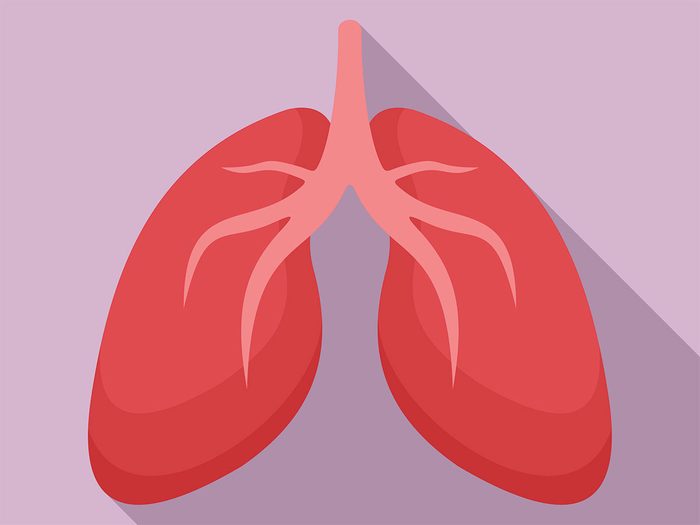
No smoking gun
The deadliest cancer in both Canada and the United States is lung cancer: It’s estimated to be responsible for about 21,000 deaths in Canada in 2019, and it’s responsible for about 140,000 deaths in the US each year. (Check out the Canadian provinces with the highest rate of cancer.) Even though smoking increases the risk of the disease more than anything else, 10 to 20 percent of lung cancer cases occur in people who have never smoked. “We think that [rate] is increasing as fewer people smoke,” says Heather Wakelee, MD, a professor of medicine at Stanford University Medical Center.
In some cases, things in the environment, especially radon and secondhand smoke, can be linked to lung cancer in people who aren’t smokers. “[But] the fact is, for the majority of [people who never smoked] we don’t know why they get it,” Dr. Wakelee says.
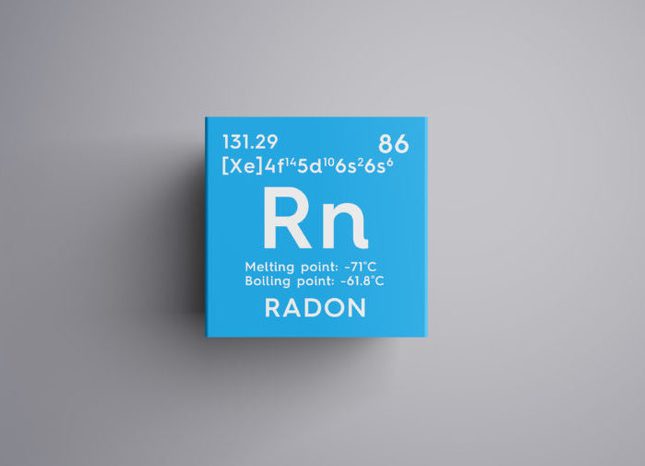
Radon
Few people appreciate the risk of radon—a radioactive invisible gas released from certain types of soil. It can be found in about 7 percent of homes in Canada and accounts for 16 percent of lung cancer deaths. Radon can seep into your home and accumulate. Testing, which numerous medical and environmental groups recommend, is the only way to know your radon exposure. Fortunately, do-it-yourself testing kits are cheap ($15-$25) and it is pretty straightforward to reduce the levels if they are high (having a vent pipe system installed). “Exposures can come from your workplace, schools and other buildings where you spend a lot of time,” so you should make sure those are tested too, says Bill Field, PhD, an occupational and environmental health professor at the University of Iowa.
Read about how one woman got cancer at age 31, without ever smoking a cigarette, because she was exposed to radon.
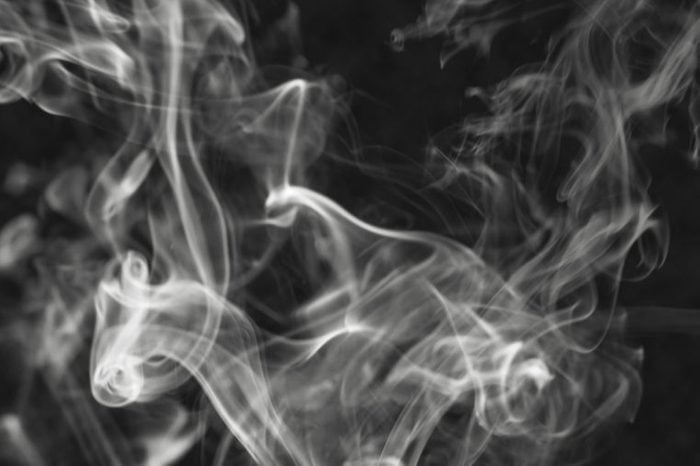
Secondhand smoke
Being around people who smoke exposes you to the same cancer-causing substances in cigarettes, though the dose is lower than if you were inhaling yourself, Dr. Wakelee notes. The Centers for Disease Control and Prevention estimates that secondhand smoke increases the risk of developing lung cancer by 20 to 30 percent, whereas women and men who smoke are 13 and 23 times more likely to get lung cancer, respectively.
It can be difficult to avoid secondhand smoke if you live with someone who lights up. “For [your] own health, try to have conversations with that person…and make sure the person only smokes outside,” Dr. Wakelee says.
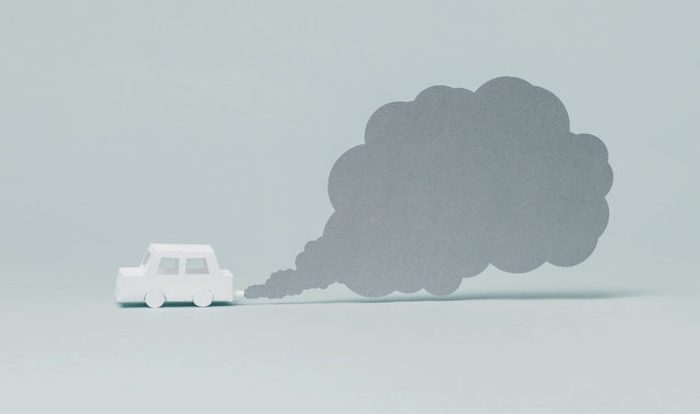
Air pollution
Research studies suggest that air pollution, especially fine particles such as PM2.5 produced by car exhaust, power plants, and wildfires, can drive up the risk of lung, breast, and other cancers. A lot of this research has been done in China, but high levels of pollution also occur in the United States and can increase the chance of getting lung cancer, not to mention acute health problems such as asthma, says Charles Powell, MD, a professor of medicine and system chief of the Division of Pulmonary, Critical Care and Sleep Medicine at Mt. Sinai. Dr. Powell recommends keeping an eye on the air quality near you and staying inside if it’s bad. Here are 9 scary things air pollution does to your body. Here are the worst Canadian cities for air pollution.
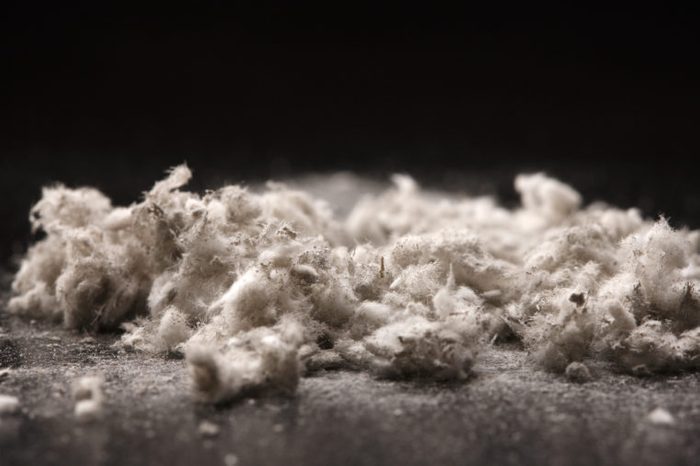
Asbestos
Groups such as the American Cancer Society list asbestos as one of the things that increase your chances of getting lung cancer. But this health effect “requires long-term high-intensity exposure…and that is typically found only in individuals with occupational exposure,” Dr. Powell says. People working in construction, demolition, car repair, and the military are at the highest risk of asbestos exposure because the material has been used in buildings and brake linings. Fortunately, it is less widespread since most asbestos-containing products have been banned or restricted in the United States since 1989, reports the EPA.
(Worried about a cough that won’t go away? It could be lung cancer, if you’ve been exposed to asbestos.)
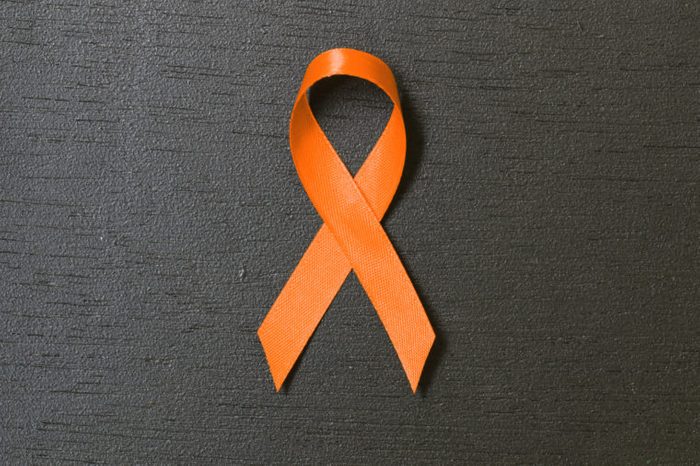
COPD
Chronic obstructive pulmonary disease or COPD, a group of lung diseases that includes chronic bronchitis and emphysema, increases the risk of getting lung cancer. Part of the reason for the link is that lung cancer and COPD share similar risk factors, such as smoking and radon or asbestos exposure. A lifetime of smoking may be the biggest contributor to COPD: People who qualify as “never smokers”—they’ve smoked fewer than 100 cigarettes in their life—only get COPD under “extreme situations”, says Stanford’s Dr. Wakelee.
However, having a history of smoking does not seem to fully explain the connection between COPD and lung cancer; the inflammation associated with COPD probably also drives up lung cancer risk, Dr. Powell says. People with COPD should try to quit smoking if they still smoke and see if they qualify for low-dose CT lung cancer screening, he adds.
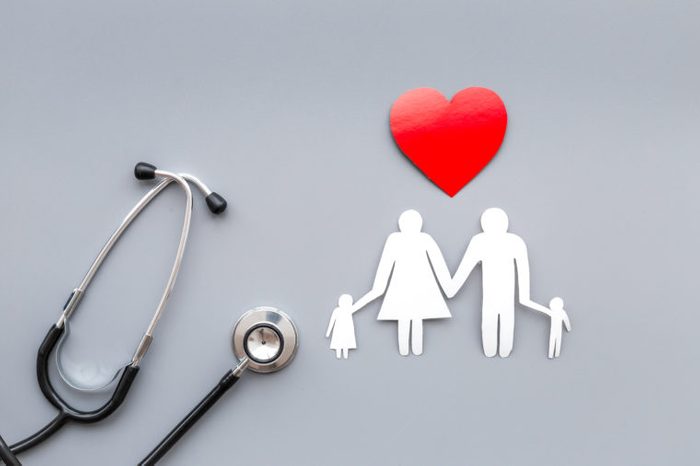
Family history
People with a family history of lung cancer are at higher risk for the disease, especially if they have a close relative who developed the cancer at a young age. There is no genetic test available—as there is for breast cancer—because scientists have yet to determine a gene that is responsible for the disease, Dr. Powell says.
He recommends those with a family history talk with their doctor about low-dose CT lung cancer screening. Although the test is only recommended for current or former smokers, they may be candidates for the test.
Medically reviewed by Oscar H. Cingolani, MD
Now that you’ve read about the causes of lung cancer, learn what an oncologist wants Canadian women to know about lung cancer.
